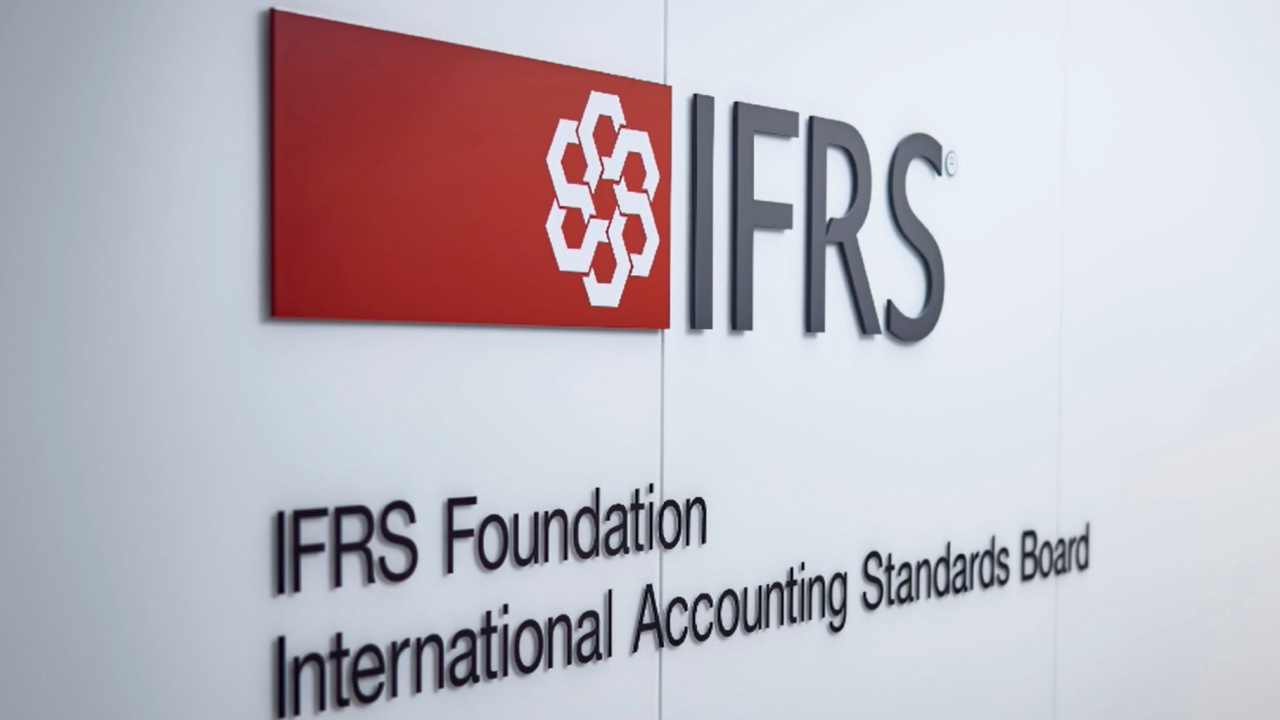In the years since FAS 141 (now codified as ASC 805, "Business Combinations") was implemented in 2001, the vast majority of business combinations have resulted in the recognition of goodwill or have been goodwill-/bargain purchase-neutral. Goodwill is the amount by which the consideration paid in a business combination exceeds the fair value of identifiable assets acquired, while a bargain purchase is an amount by which the fair value of assets acquired exceeds purchase consideration.
Bargain purchases have been exceedingly rare in the era of business combinations under ASC 805. However, they can and do occur under certain circumstances. Most often, bargain purchases may occur in the following situations:
- The selling company was distressed before the sale;
- There was no competitive bidding for the selling company before the sale; or,
- The selling owners were highly motivated to sell.
Accounting treatment of bargain purchases
The accounting treatment for a bargain purchase, for financial reporting purposes, is the recognition of an immediate one-time gain on the acquirer's income statement. Such nonrecurring gains typically come under a great deal of scrutiny, both from financial statement auditors and from regulatory bodies. As an example of the regulatory rigor applied to bargain purchases, one upstream oil and gas company and its auditor recently came under investigation by the Securities and Exchange Commission related to a bargain purchase reported on the company's books as a result of its acquisition of oil and gas properties.
As such, care must be taken by all parties involved in accounting for a bargain purchase, as follows:
- The acquirer should be able to speak to the facts and circumstances of the transaction, and whether they warrant bargain purchase treatment.
- The auditor should have a clear understanding of the accounting implications of a bargain purchase and the regulatory review process.
- The auditor and the acquirer together should thoroughly review the financial projections used as the basis of the transaction, as they will also serve as the basis for the valuation of the acquired assets in the purchase price allocation.
- The valuation analyst preparing the purchase price allocation should ensure all acquired assets and liabilities have been analyzed and properly valued. Working with the acquirer and auditor, the valuator should also make sure to carefully examine the economics of the transaction, comparing the cash flow projections prepared by the acquirer with the consideration paid, and testing the resulting internal rate of return on the transaction against a market participant-based weighted average cost of capital. In a bargain purchase situation, the IRR will typically be higher than the WACC.
Bargain purchases in oil and gas transactions
Bargain purchases can occur in any industry. However, with the increases in oil and gas commodity prices seen thus far in 2022, bargain purchases could potentially become more prevalent now and in the near future in certain sectors of the energy industry, including exploration and production.
Why would this be the case? In some instances, the purchase price may have been agreed upon before the recent run-up in commodity prices, or it may have been agreed upon utilizing a historical average commodity price. However, when performing a purchase price allocation for ASC 805 financial reporting purposes, the value of the acquired reserve assets is typically estimated using current and forecasted commodity pricing as of the closing date of the transaction. As a result, in a rising price environment, the estimated value of the reserves acquired could, in some instances, be higher than the agreed-upon purchase price.
In the event of a bargain purchase in a business combination, this makes it more critical than ever to have a strong, defensible valuation supporting the purchase price allocation.





